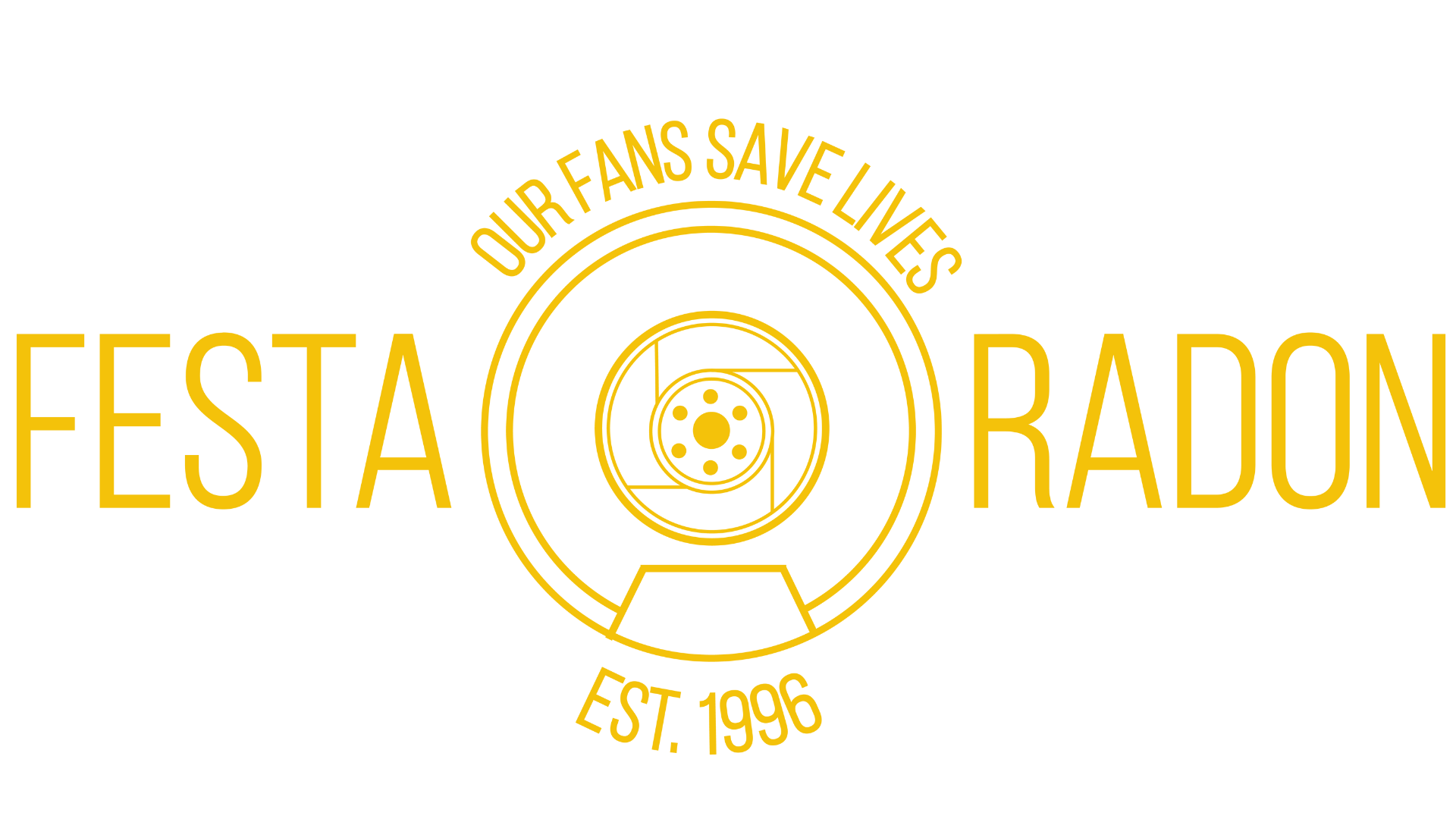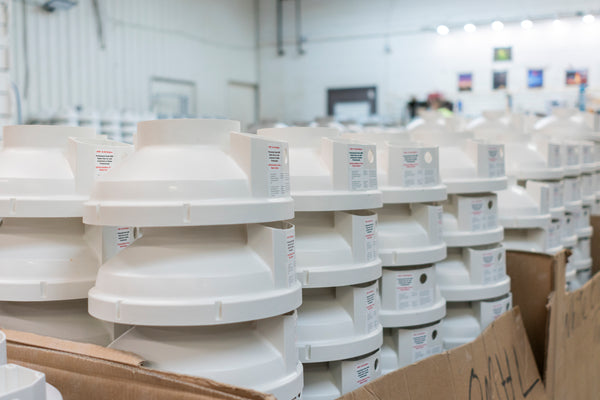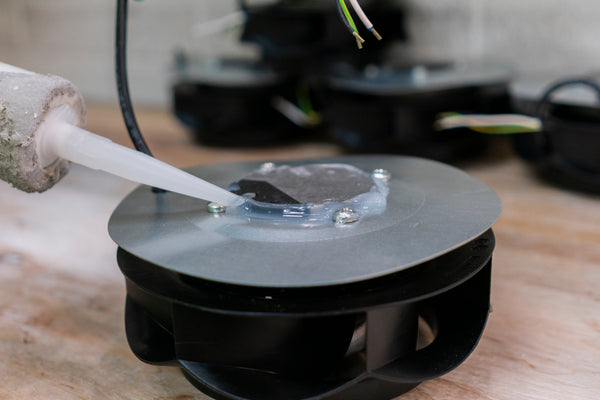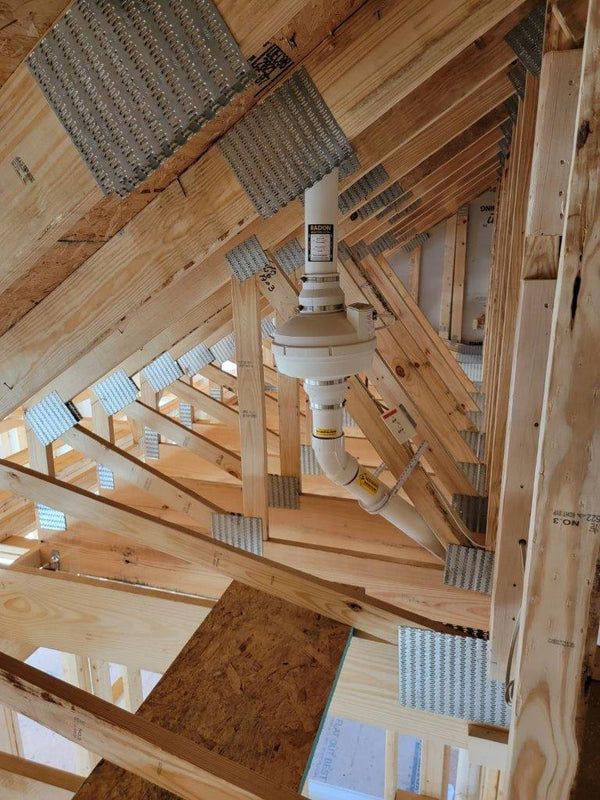
Radon Awareness and Safety Guide for 2025
When you think about home safety, you probably picture smoke detectors, security systems, or carbon monoxide alarms. But there's another invisible threat that deserves your attention: radon gas.
Radon exposure is a major cause of lung cancer in the United States. Despite this alarming fact, many homeowners remain unaware of radon's presence in their homes. The good news? You can take simple steps to detect and reduce radon levels, significantly improving your family's health and safety.
This comprehensive radon awareness and safety guide for 2025 will help you understand the risks, navigate new regulations, and protect your family from this silent danger.
What Is Radon?
Radon is a radioactive gas that forms naturally when uranium in soil, rock, and water breaks down. You can't see, smell, or taste radon, which makes it particularly dangerous. This colorless, odorless gas seeps up from the ground and can accumulate in buildings, reaching harmful concentrations.
The gas enters homes through various pathways, including:
- Cracks in foundation walls and floors
- Gaps around pipes and wires
- Sump pits and drains
- Well water
- Certain types of building materials, such as concrete and stone
Every home has some level of radon, but concentrations vary significantly based on geography, soil composition, and building construction. Radon levels can differ dramatically even between neighboring houses.

Radon Health Risks: Who Is at Risk?
The Environmental Protection Agency (EPA) has established a clear link between radon exposure and lung cancer. When you breathe radon gas, radioactive particles become trapped in your lungs, where they continue to decay and release radiation that damages lung tissue over time.
Children face elevated risks due to their rapid respiration rates compared to adults. Their developing lungs absorb more radon particles per breath, making early detection and mitigation crucial for families with young children.
Adults with pre-existing lung diseases also experience greater health risks, as their compromised respiratory systems struggle to handle additional damage from radon exposure. Both smokers and non-smokers face significant risks, though smokers experience compounded effects. Non-smokers exposed to high radon levels can develop lung cancer, while smokers face dramatically increased risks when radon exposure combines with tobacco use.
Evolving Radon Regulations in 2025
The regulatory landscape for radon continues to evolve, with more states considering radon disclosure laws and expanding testing requirements for schools. These changes reflect growing awareness of radon's health risks and the need for proactive measures.
2025 has also brought notable changes to the requirements governing radon testing for Freddie Mac and Fannie Mae-financed properties, especially for multifamily housing. These changes particularly impact investors with rental properties, who must now navigate altered testing and disclosure requirements.
What Renters Should Know About Radon
Before signing a lease, landlords must tell you if they know about elevated radon levels on the property. This disclosure requirement protects tenants from unknowingly moving into high-radon environments.
You can ask your landlord if they've tested for radon; if they haven’t, you can request testing. While landlords aren't always required to test, they may cooperate if tenants express concerns about radon exposure.
What Home Buyers Should Know About Radon
The EPA recommends testing for radon during real estate transactions, and several states now require it. Sellers must disclose if previous tests showed high radon levels, giving buyers crucial information for their decision-making process.
During home inspections, buyers can request radon testing and ask sellers to install radon mitigation systems if levels exceed EPA recommendations. This negotiation often occurs during the inspection period, allowing buyers to address radon concerns before finalizing purchases.
Radon Testing Methods for Homeowners
Testing represents the only way to determine your home's radon levels. Two main testing approaches exist: DIY test kits and professional testing services.
DIY Radon Test Kits
Short-term test kits provide results within 2–90 days and offer quick assessments of radon levels. These kits work well for initial screening but may not capture seasonal variations that affect radon concentrations.
Long-term test kits remain in place for more than 90 days, providing more accurate radon levels throughout different seasons.
Professional Radon Testing
Professional testing services use calibrated equipment and follow strict protocols to ensure accurate results. Certified professionals understand factors that influence radon levels and can provide comprehensive assessments of your home's radon risk.
Professional testing costs more than DIY kits but offers greater accuracy and expert interpretation of results. Many homeowners choose professional testing when buying or selling homes or when DIY tests indicate elevated radon levels.

Understanding Your Radon Test Results: What Do the Numbers Mean?
Radon levels are measured in picocuries per liter (pCi/L). While no amount of radon is completely safe, the EPA's action level of 4 pCi/L reflects an attainable target for radon mitigation professionals that provides considerable safety improvements.
Here's how to interpret your radon test results:
- Below 2 pCi/L: Low radon levels that pose minimal risk. Consider retesting every few years, as radon levels can change over time.
- 2.1-3.9 pCi/L: Moderate radon levels. The EPA suggests considering mitigation, especially if you spend significant time in lower levels of your home.
- At or above 4 pCi/L: High radon levels requiring attention. Install a radon mitigation system to reduce exposure risks.
Common Radon Mitigation Techniques
Several effective techniques can reduce radon levels in your home. The most appropriate method depends on your home's foundation type, radon levels, and specific construction features.
Sealing cracks in foundation walls and floors provides the first line of defense against radon entry. While sealing alone won’t solve high radon levels, it complements other mitigation strategies and reduces overall radon infiltration.
Installing a mitigation system with appropriate radon mitigation supplies offers the most effective long-term solution for high radon levels. Here are three popular options:
- Sub-slab depressurization systems create suction beneath your home's foundation, drawing radon gas away before it enters living spaces. These systems typically include a fan and pipe system that vents radon safely outside.
- Sump pit depressurization systems work similarly but focus on radon entry through sump pump areas. These systems prevent radon from entering through sump pits while maintaining proper drainage.
- Crawl space encapsulation involves sealing crawl spaces with plastic sheeting and installing ventilation systems to prevent radon accumulation. This technique works well for homes with crawl space foundations.
Radon Monitoring in 2025: The Role of Technology
Continuous radon monitors like the EcoBlu and EcoQube represent significant advances in radon detection technology. These devices provide real-time radon readings, allowing homeowners to monitor levels continuously and identify patterns that traditional testing might miss.
The future holds exciting possibilities for IoT integration, where radon monitors could connect to smart home systems and provide alerts when levels rise above safe thresholds.
Taking Action: Your Next Steps for Radon Safety
This radon awareness and safety guide for 2025 provides the foundation for protecting your family from radon exposure. Start by testing your home's radon levels using either DIY kits or professional services. If results show elevated levels, contact certified radon mitigation professionals to design and install appropriate reduction systems.
Your family's health depends on the actions you take today. Don't wait to address radon risks—test your home and take appropriate mitigation steps to create a safer living environment for everyone you love.
